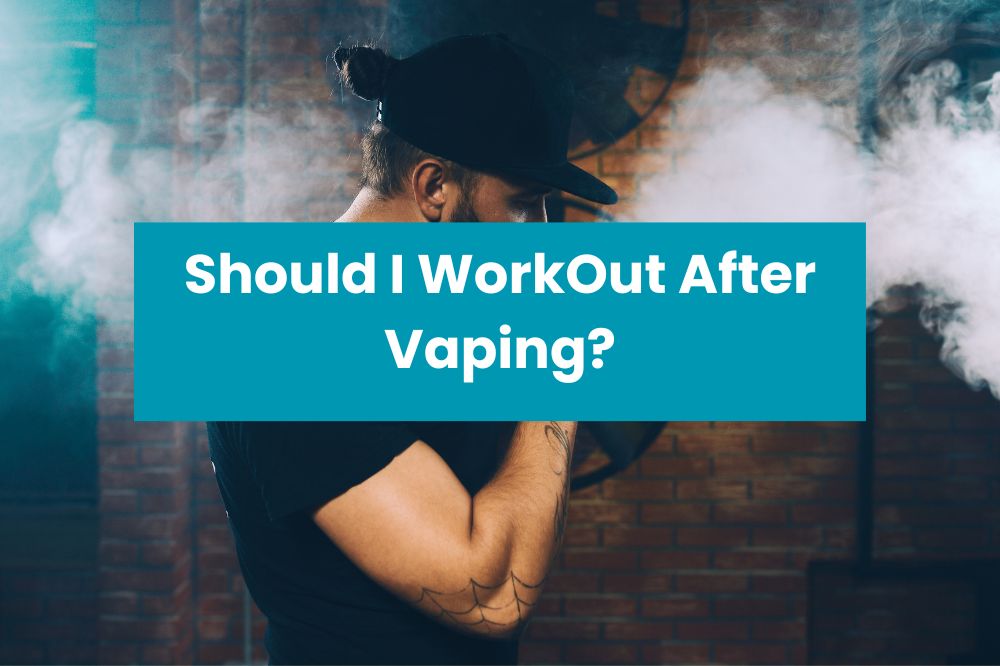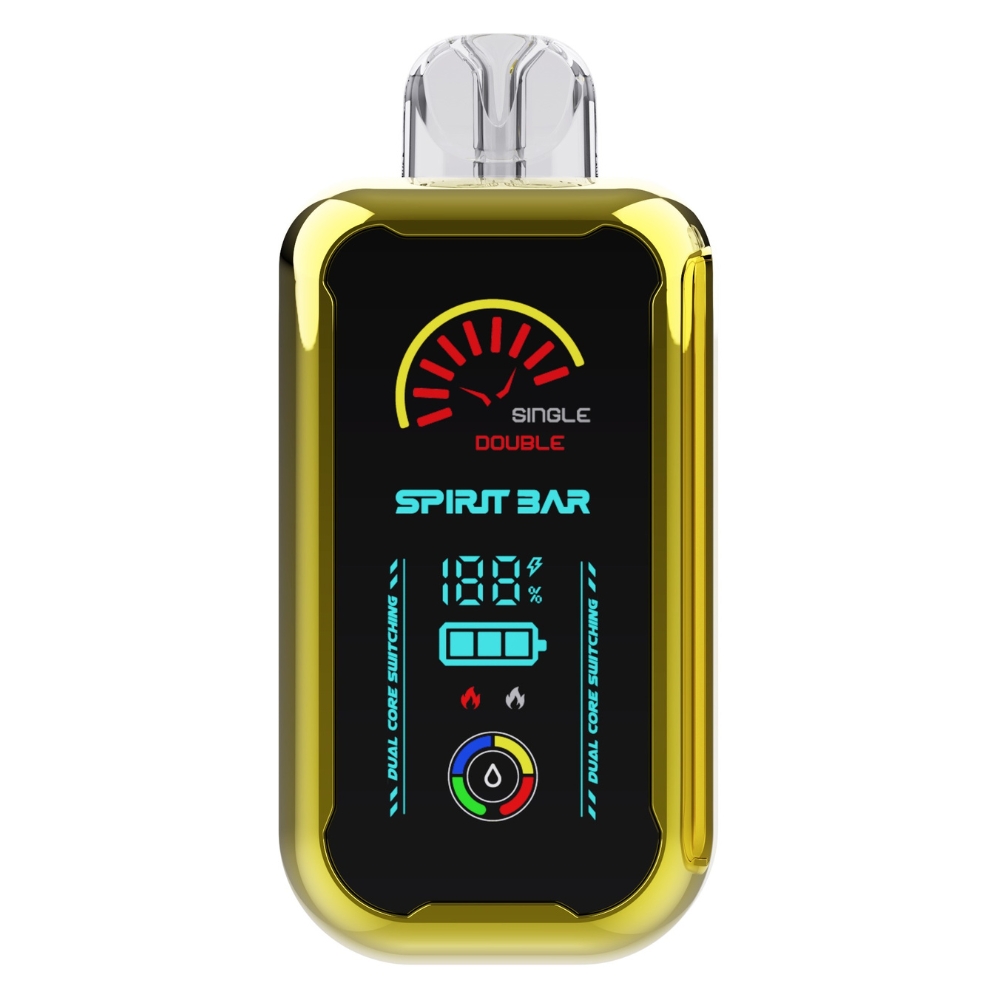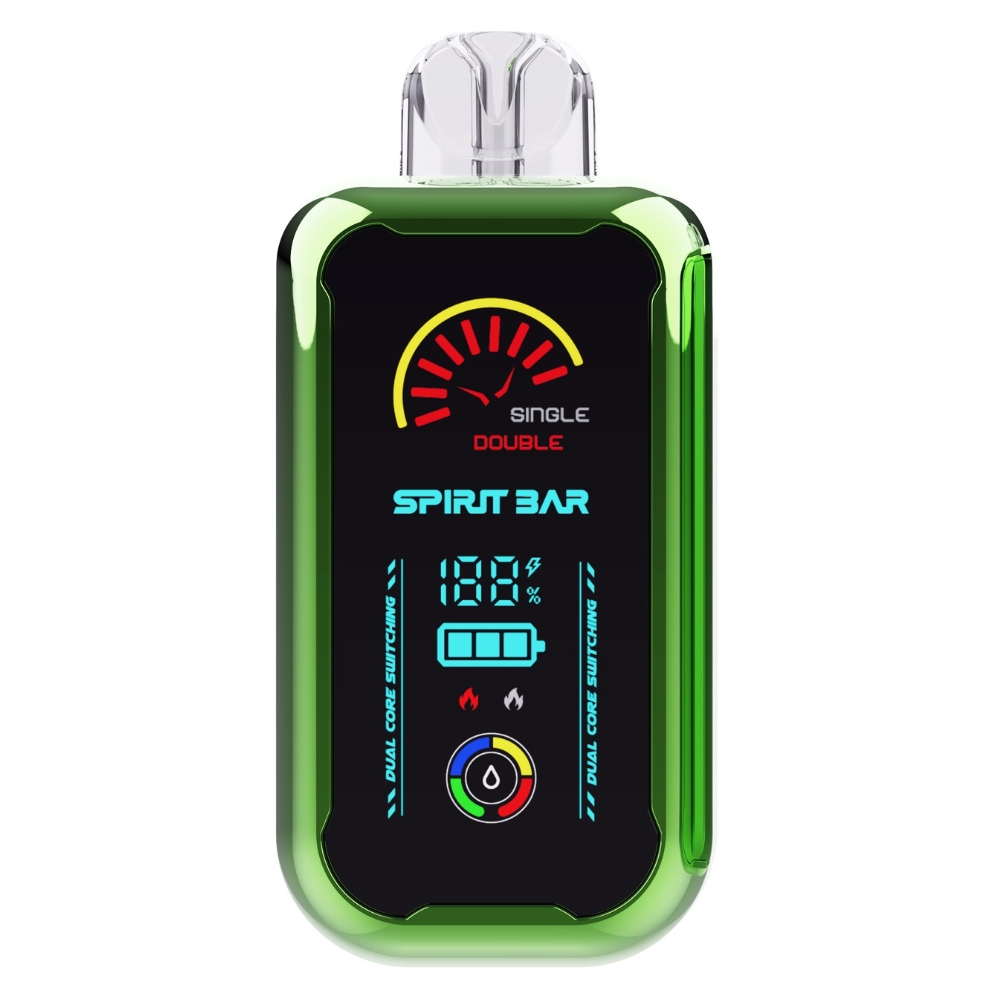Should I WorkOut After Vaping?

Do you vape and wonder if it’s safe to work out afterwards? Vaping has become a popular alternative to smoking cigarettes, but how does it affect your athletic performance? The answer is not straightforward, as vaping can have both positive and negative effects on your body.
One of the potential negative effects of vaping is that it can decrease your endurance and physical performance. According to the Cleveland Clinic, vaping can cause shortness of breath and disturb your sleep patterns, which can lead to decreased athletic performance. Additionally, vaping can lead to increased rates of injury and longer recovery times, as well as less muscular strength and flexibility. On the other hand, vaping can also help control addiction to nicotine, which can be beneficial for those who are trying to quit smoking.
Understanding Vaping
If you are considering vaping before working out, it’s important to understand what vaping is and how it affects your body. Vaping is the act of inhaling vapor produced by an electronic cigarette or other vaping device. The vapor is created by heating a liquid, often referred to as e-juice or vape juice, that contains nicotine, flavorings, and other chemicals.
Vaping has become increasingly popular as a perceived safer alternative to smoking traditional cigarettes. However, the long-term health effects of vaping are still largely unknown. Some studies suggest that vaping may be less harmful than smoking, but it is not risk-free.
Nicotine is the primary addictive substance in vaping products, and it is known to have negative effects on the body. Nicotine can cause increased heart rate, elevated blood pressure, and constricted blood vessels, which can limit blood flow to muscles during exercise.
Additionally, vaping can cause irritation to the lungs and airways, which can make it harder to breathe during exercise. This can be especially problematic for people with pre-existing respiratory conditions, such as asthma.
It’s important to note that vaping products are not regulated by the FDA in the same way that traditional cigarettes are. This means that the ingredients in e-juice may not be accurately labeled, and the long-term effects of vaping are still largely unknown.
Overall, while vaping may be perceived as a safer alternative to smoking traditional cigarettes, it is not risk-free and may have negative effects on your body, especially when combined with exercise.
The Effects of Vaping on Physical Activity
If you’re a vaper and you’re wondering whether you should work out after vaping, it’s important to understand the effects that vaping can have on physical activity.
According to a study published in the American Journal of Preventive Medicine, vaping can have negative effects on physical fitness, especially when combined with traditional cigarette use. The study found that young men who vaped or smoked had lower levels of physical fitness compared to those who didn’t use tobacco products.
Vaping can also decrease your endurance and fitness levels. When you vape, you inhale chemicals that can deplete oxygen-rich blood, which your body needs for physical activity. This can make it harder to breathe and can lead to decreased performance during exercise.
On the other hand, some studies have suggested that there may be a positive correlation between physical activity and e-cigarette use. For example, a study published in the Journal of Adolescent Health found that higher levels of physical activity were associated with increased e-cigarette use among young adults. However, it’s important to note that this study only looked at correlation and not causation.
Ultimately, the effects of vaping on physical activity are still being studied and the long-term effects are not yet fully understood. If you’re a vaper who is also physically active, it’s important to pay attention to how vaping affects your body and adjust your workout routine accordingly.
Considerations Before Working Out After Vaping
If you’re a vaper and you’re considering working out, there are a few things you should consider before hitting the gym. Here are some important factors to keep in mind:
Health Risks
Vaping can have negative effects on your lungs and overall health. According to EDGE Vaping, smoking tobacco has a severe impact on your lungs, which can be detrimental to your blood oxygen levels, negatively impacting your ability to work out and recover properly. The carbon monoxide inhaled when smoking cigarettes displaces the oxygen in your blood. While vaping is generally considered less harmful than smoking, it can still cause respiratory irritation or discomfort that could affect breathing during exercise, as noted by General Vape.
Performance Impact
Vaping can also have an impact on your athletic performance. According to Alternative Pods, vaping can cause blood vessels to become constricted, which makes it more difficult for oxygen to reach the muscles in the body. This could cause a decline in performance as well as an increase in fatigue. It is recommended that you should stop vaping at least half an hour before you start working out to avoid this.
Recovery Time
Finally, vaping can also impact your recovery time after a workout. According to Cleveland Clinic, smoking and vaping deplete oxygen-rich blood that you need for endurance and fitness. If you smoke or vape, you get less oxygen in your heart, lungs, and muscles. This can make it harder for your body to recover after a workout, which could lead to longer recovery times.
Overall, if you’re a vaper, it’s important to consider the potential health risks, performance impact, and recovery time before working out. While vaping may not be as harmful as smoking, it can still have negative effects on your body and athletic performance.
Professional Opinions
When it comes to working out after vaping, there are differing opinions from medical professionals and fitness experts. Let’s take a closer look at what they have to say.
Medical Perspective
According to the Mayo Clinic, vaping can have harmful effects on your lungs and overall health. Nicotine and other chemicals in e-cigarettes can cause inflammation and damage to your respiratory system. This can make it harder to breathe during exercise and increase your risk of lung infections.
Additionally, vaping can negatively impact your blood oxygen levels, which can make it more difficult to work out and recover properly. Carbon monoxide, a byproduct of smoking and vaping, displaces oxygen in your blood, which can lead to fatigue and decreased athletic performance.
If you are a regular vaper, it is important to talk to your doctor before starting an exercise program. They can assess your lung function and provide guidance on how to exercise safely and effectively.
Fitness Expert Insight
Fitness experts have varying opinions on whether or not it is safe to work out after vaping. Some argue that the stimulating properties of nicotine can actually enhance your workout performance by increasing alertness, focus, and mental clarity.
However, others caution that vaping can have negative effects on your lung function and overall health, which can impede your athletic performance and increase your risk of injury.
Ultimately, the decision to work out after vaping is a personal one. If you choose to do so, it is important to listen to your body and adjust your workout intensity accordingly. If you experience shortness of breath, chest pain, or other symptoms, stop exercising immediately and seek medical attention.
In summary, while there are differing opinions on the safety and effectiveness of working out after vaping, it is important to prioritize your health and listen to your body. Talk to your doctor and fitness experts for personalized guidance on how to exercise safely and effectively.
Alternatives to Vaping Before Exercise
If you’re looking for alternatives to vaping before exercise, there are a few options you can consider. Here are a few ideas:
- Nicotine gum or lozenges: Nicotine gum or lozenges can help to reduce cravings without exposing you to the harmful chemicals found in vape juice. These products deliver nicotine to the body in a controlled way, which can help to ease nicotine withdrawal symptoms associated with quitting smoking or vaping. However, it’s important to note that nicotine gum and lozenges are not suitable for everyone, and they can cause side effects like nausea, dizziness, and headaches.
- Caffeine: Caffeine is a stimulant that can help to boost energy levels before a workout. You can get caffeine from sources like coffee, tea, energy drinks, or pre-workout supplements. However, it’s important to be mindful of your caffeine intake, as too much caffeine can cause side effects like jitters, anxiety, and insomnia.
- Deep breathing exercises: Deep breathing exercises can help to reduce stress and anxiety, which can be a trigger for vaping. Before your workout, take a few minutes to sit quietly and focus on your breath. Inhale deeply through your nose, hold for a few seconds, and exhale slowly through your mouth. Repeat this process several times until you feel calm and centered.
- Essential oils: Essential oils like peppermint, eucalyptus, and lavender can help to invigorate the senses and promote relaxation. You can use essential oils in a diffuser, apply them topically, or inhale them directly from the bottle. However, it’s important to use essential oils safely and avoid applying them directly to the skin without diluting them first.
By exploring these alternatives to vaping before exercise, you can find a healthier way to prepare for your workout without relying on harmful substances.
Personal Factors to Consider
When it comes to exercising after vaping, there are some personal factors you should consider. These factors can affect how your body responds to physical activity and vaping.
Body Response
Everyone’s body responds differently to vaping and exercise. Some people may experience shortness of breath or coughing after vaping, which can make it difficult to exercise. Others may not experience any negative effects and can exercise without any issues.
It’s important to listen to your body and pay attention to how it responds to vaping and exercise. If you experience any negative effects, it may be best to wait until those effects subside before exercising.
Tolerance Level
Your tolerance level for both vaping and exercise can also play a role in whether or not you should work out after vaping. If you have a high tolerance for vaping, you may be able to exercise without any negative effects.
However, if you have a low tolerance for vaping or exercise, it may be best to avoid working out after vaping. This is because both activities can put a strain on your body, and combining them may be too much for your body to handle.
Ultimately, it’s up to you to decide whether or not you should exercise after vaping. If you’re unsure, it may be best to talk to your doctor or a fitness professional for guidance. They can help you determine the best course of action based on your individual needs and circumstances.








